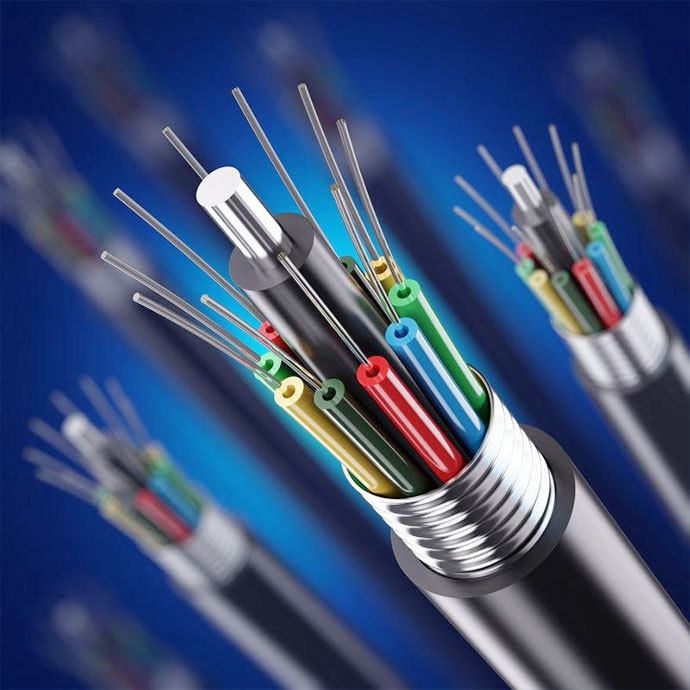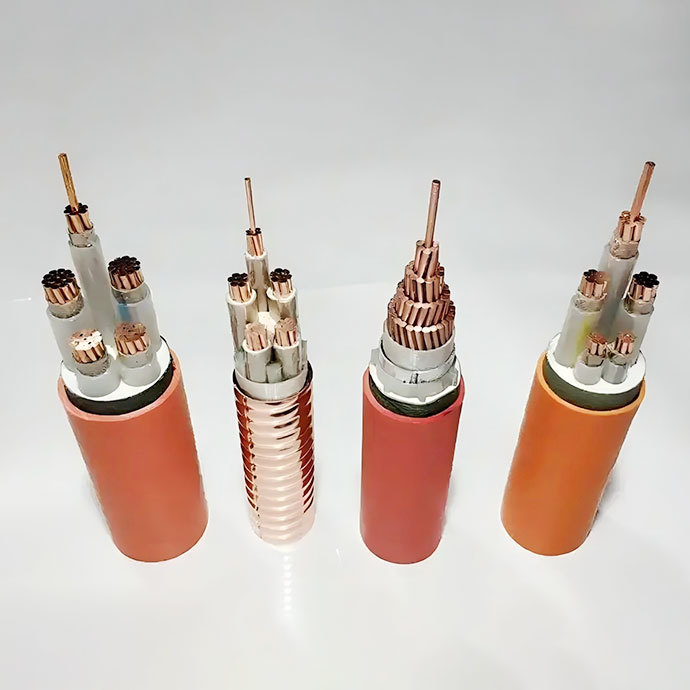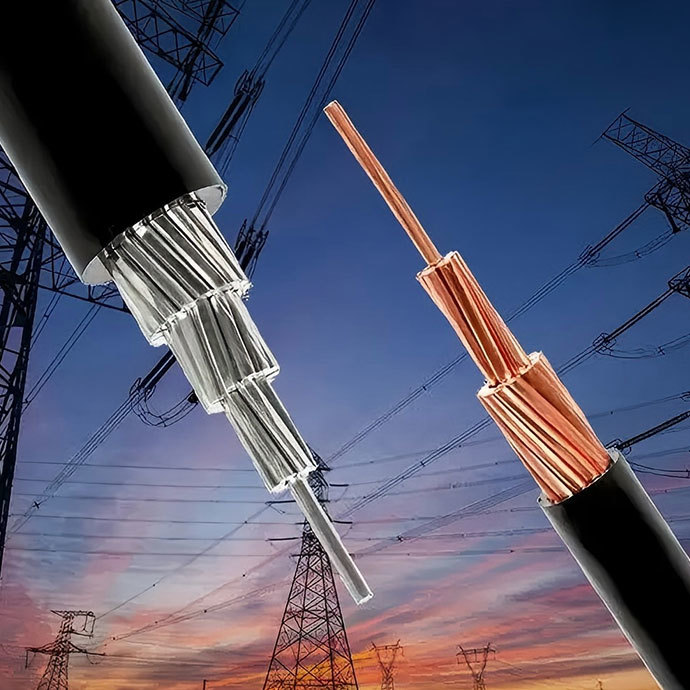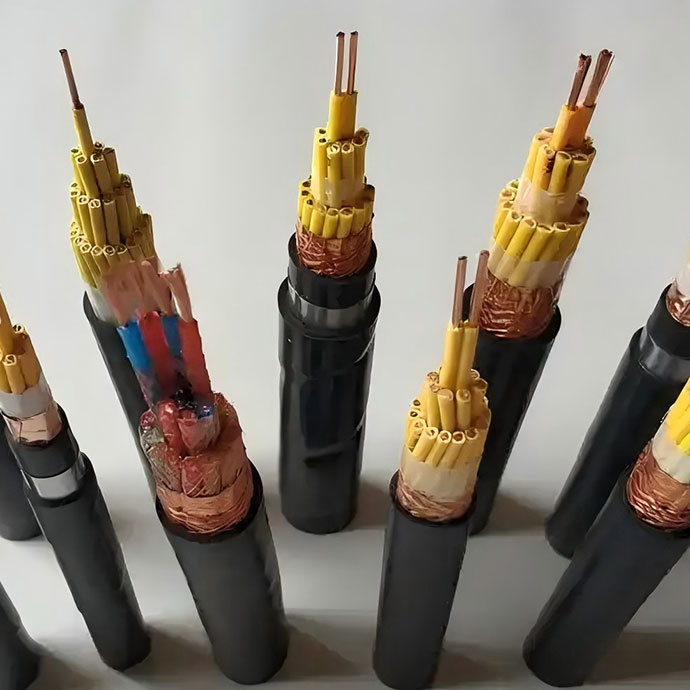Product
Contact Us
Hotline: 400-6019552
Tel & Phone:
+860317-2653118 / +8613903171615
Fax: +860317-2653866
Email: xingzhou118@126.com
Add: South of Jinhua Road, Renqiu Economic Development Zone, Hebei Province, China

Optical fiber cable
Keywords:
Category:
- Product Description
-
1. Basic Classification
Single-mode fiber: Suitable for high-capacity, long-distance communication, with a core diameter of approximately 1~10μm, transmitting only a single fundamental mode.
Multi-mode fiber: Suitable for short-distance communication, with a core diameter of approximately 50~60μm, capable of transmitting multiple modes of light waves.
2. Structural Types
Stranded type: A common optical cable structure, suitable for various environments.
Loose tube type: Another structure, also suitable for different installation needs.
3. Special Purpose Optical Cables
Submarine cable: Uses steel wire or steel tape as protective elements to ensure stability in underwater environments.
Field cable: Designed for battlefield environments, requiring resistance to harsh conditions.
4. New Types of Optical Fibers and Cables
High-capacity, long-distance optical fiber cables: Such as G.655 fiber, with low PMD values, supporting transmission rates of 10~40Gbit/s, suitable for long-distance communication.
Low water peak optical fiber cables: Expand bandwidth in the 1360~1460nm band, suitable for CWDM systems, optimizing transmission channels and distance.
Multi-mode optical fiber cables: Suitable for local area networks and user premises networks, popular due to their cost-effectiveness and ease of connection.
5. Main Applications Include:
Long-distance communication: Optical fiber cables, due to their high transmission capacity and long repeater section distances, are mainly used for long-distance and point-to-point communication transmission. For example, transatlantic submarine cables and submarine cables connecting Europe and America are typical applications of optical fiber cables.
Intracity communication: In intracity telephone networks, optical fiber cables are used as inter-office trunk lines, providing fast data transmission services.
Local area networks and private networks: Optical fiber cables are also used in the wired transmission lines of local area networks and private networks, such as fiber to the home and broadband integrated services digital networks, providing high-speed network connections.
Medical field: Applications of optical fibers in the medical field include fiber imaging bundles, light guide bundles in endoscopes, and fiber components used for image transmission between medical equipment and displays. In addition, optical fibers are also used in fiber optic sensors for monitoring vital signs.
Applications in special environments: Depending on the usage environment, optical fiber cables can be divided into aerial cables, direct-buried cables, submarine cables, and field cables, to adapt to various extreme conditions.
These applications demonstrate the important position and role of optical fiber cables in modern communication and information technology.
Product Inquiry
Note: Please leave your contact information, our professionals will contact you as soon as possible!






